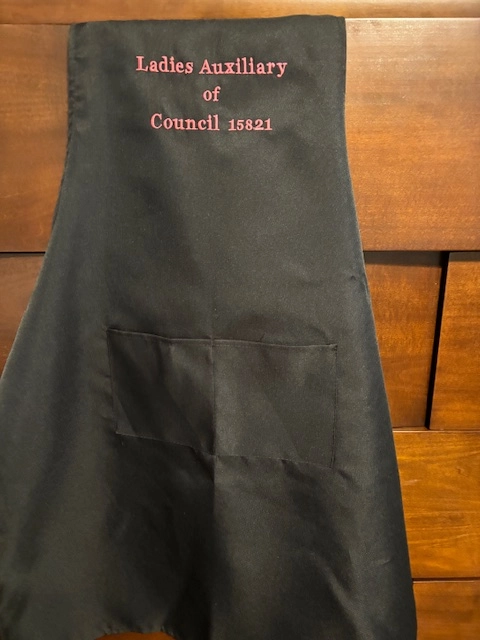The Art of Custom Embroidery: Unlocking the Tricks to Creating Special and Remarkable Layouts
The secrets to developing personalized embroidery layouts that mesmerize the eye and leave a long lasting impression lie in a fragile balance of strategy, imagination, and interest to detail. As we delve into the world of custom needlework, we discover the nuanced interplay in between string selection, sew intricacy, and design customization that raises a simple garment to a work of art.
Picking the Right Embroidery Threads
When choosing needlework strings, what crucial variables should you take into consideration to make certain the best results for your customized designs? The choice of needlework string is crucial in identifying the final outcome of your embroidered design.
Additionally, the weight or thickness of the thread plays a significant function in the look of the needlework. Thicker strings can add dimension and structure to your design, while finer threads are perfect for intricate details and tiny text. Additionally, considering the shade fastness and washability of the string is important to make sure that your customized styles maintain their top quality and vibrancy with time. By carefully examining these elements and selecting high-quality strings that satisfy your certain requirements, you can enhance the aesthetic charm and longevity of your embroidered developments.
Discovering Different Stitch Techniques
To dive into the world of 'Checking out Different Stitch Techniques', one need to realize the ins and outs and nuances that each stitching approach brings to the art of needlework. Different stitch techniques not only include aesthetic passion but likewise add to the total texture and dimension of the design. One prominent stitch method is the satin stitch, which includes very closely packed parallel stitches to produce a smooth and glossy surface, suitable for completing forms and developing bold lays out.
On the various other hand, the backstitch is a functional technique often utilized for laying out and adding fine details. It includes sewing backward to create a solid line of embroidery. In addition, the French knot stitch adds a tactile element to styles, ideal for creating textured accents like flower facilities or ornamental touches.
Discovering different stitch methods permits embroiderers to have fun with light, darkness, and deepness within their designs, raising the visual charm and creative high quality of their needlework tasks. By grasping different stitching techniques, one can unlock unlimited opportunities for creating special and unforgettable custom-made needlework items.
Incorporating Personalized Design Elements
Having checked out the complexities of different stitch strategies such as the satin stitch, backstitch, and French knot, the focus currently shifts in the direction of including individualized design elements in customized embroidery projects. Customized layout elements play an important role in making needlework projects absolutely special and unforgettable.
One more way to include customized layout aspects is by consisting of icons or concepts that hold special definition to the recipient or show their passions and personality. Incorporating a preferred blossom, pet, or hobby-related sign can make the needlework design a lot more purposeful and customized. Additionally, picking shades that resonate with the recipient or line up with the desired theme can further improve the personalization of the embroidery job.
Understanding the Art of Shade Coordination
One key aspect of shade coordination is a tailored suit recognizing color theory. This includes understanding just how different shades interact with each other, the emotions they convey, and just how they can be combined to produce aesthetically appealing styles. By applying color concept concepts, embroiderers can create harmonious color palettes that improve the total appearance of the design.
Furthermore, paying interest to contrast is vital in color coordination. Using contrasting shades can aid particular aspects of the design pop, improve clarity, and produce an aesthetically dynamic embroidery piece. By grasping the art of color sychronisation, embroiderers can elevate their layouts and create unforgettable pieces that resonate with customers and viewers alike.
Enhancing Texture With Advanced Needlework Stitches

French knots, for instance, are best for including tiny, raised dots to your design, imitating the look of beads or producing a distinctive surface area. Bullion knots, on the various other hand, can be made use navigate to this site of to develop twisted, ropelike elements that add an elegant feel to the embroidery. Seed stitching involves little, scattered stitches that can fill out locations with a speckled texture, while turkey job develops cosy, dimensional accents evocative pet hair or vegetation. Explore these sophisticated needlework stitches enables you to push the limits of conventional embroidery and create truly unique and aesthetically enticing appearances in your styles.
Final Thought
To conclude, the art of custom needlework includes a combination of picking the ideal threads, checking out various stitch strategies, integrating customized layout aspects, mastering shade sychronisation, and enhancing structure with advanced stitches. By recognizing and executing these key components, embroiderers can create unique and unforgettable designs that showcase their creativity and skill. Needlework lovers can unlock the secrets to creating gorgeous and custom pieces that attract attention and leave a long-term impression.
Comments on “Custom Embroidery for All Your Requirements - From School Uniforms to Sports Teams”